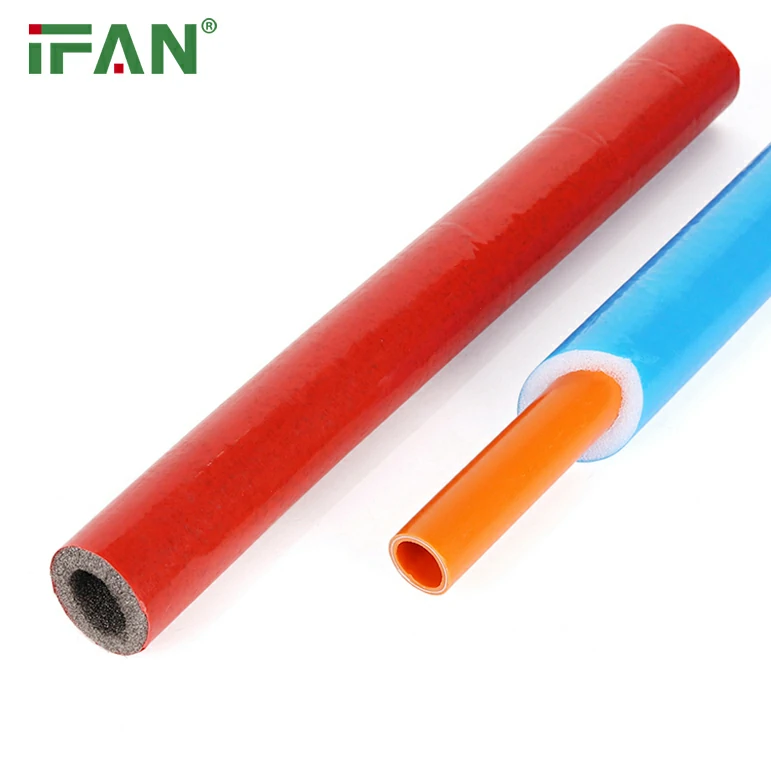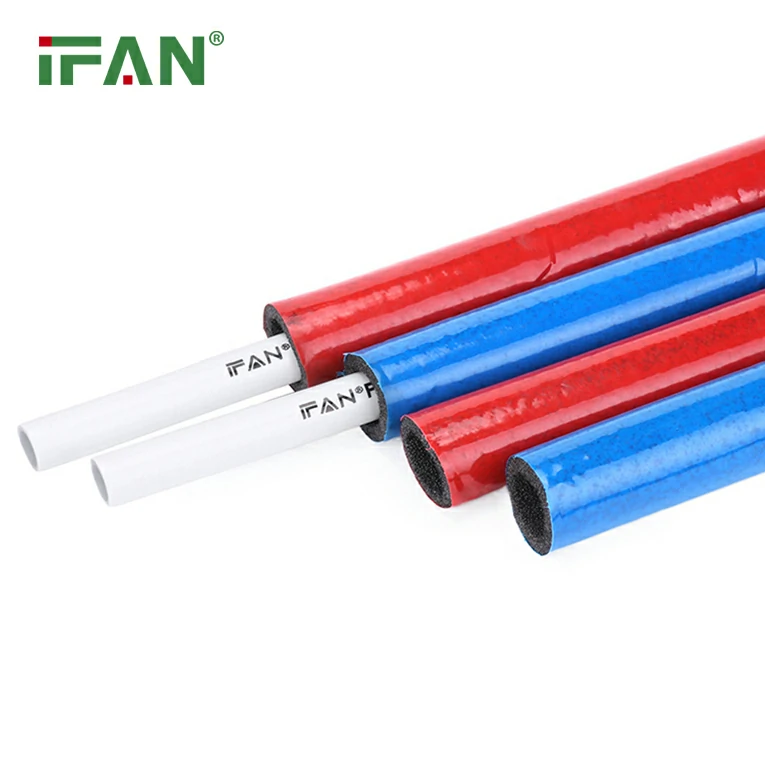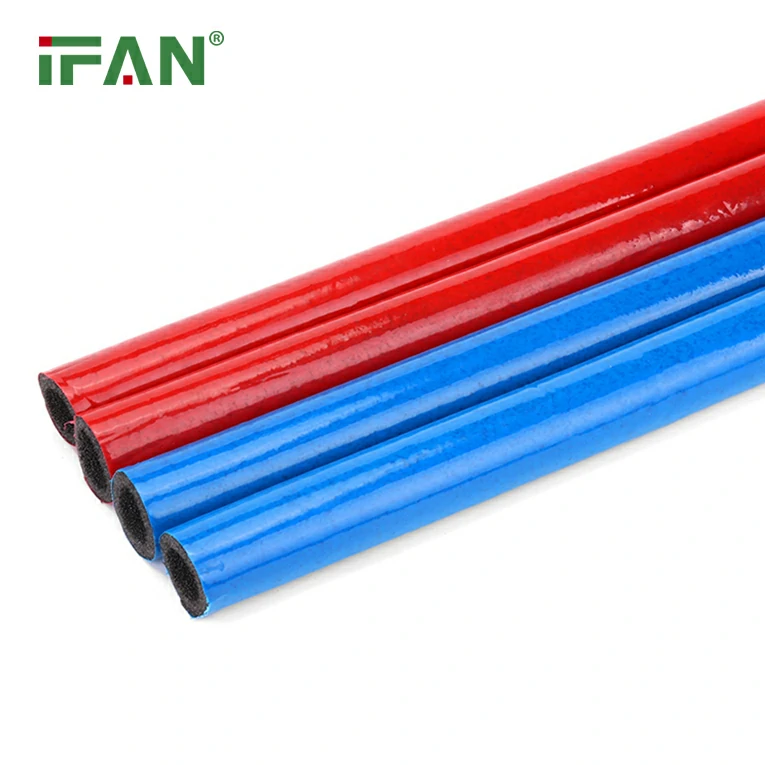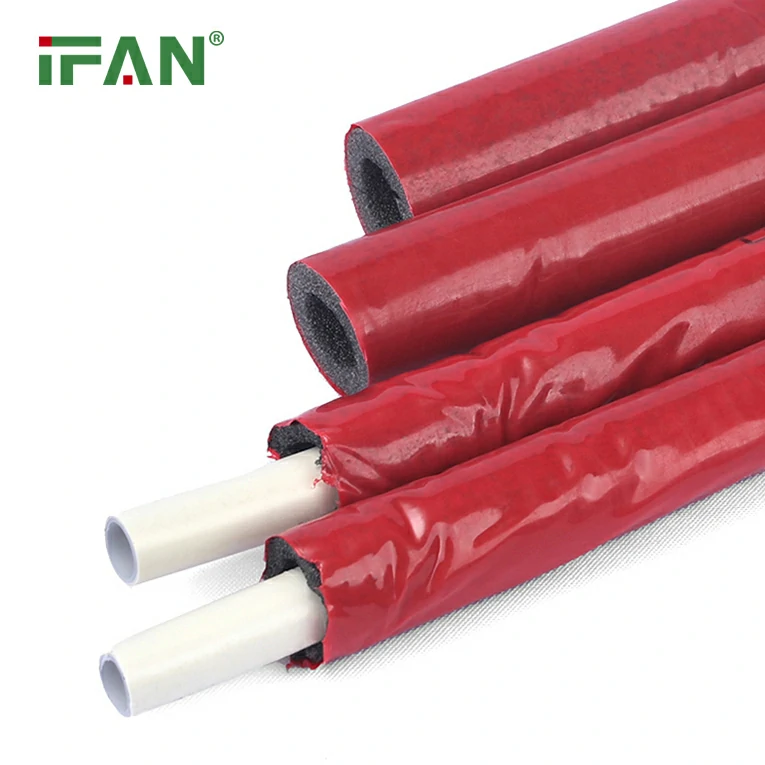As the world increasingly focuses on sustainability and reducing environmental waste, the challenge of recycling materials like PEX (cross-linked polyethylene) pipe waste has gained significant attention. PEX pipes are widely used in plumbing, heating, and cooling systems due to their durability, flexibility, and ease of installation. However, one of the major challenges with PEX is that, unlike traditional plastics, it is difficult to recycle through conventional means. Fortunately, recent advancements in chemical recycling offer hope for transforming hard-to-recycle PEX pipe waste into valuable materials, reducing waste and improving the sustainability of this widely used material.
In this article, we will explore the chemical recycling of PEX pipe waste, discuss the challenges associated with recycling PEX, and examine the future prospects of chemical recycling technologies. We will also highlight the importance of chemical recycling in addressing the environmental impact of PEX waste.

Table of Contents:
- What is PEX Pipe and Why is it Difficult to Recycle?
- The Environmental Impact of PEX Pipe Waste
- Conventional Recycling Methods vs Chemical Recycling
- How Chemical Recycling Works for PEX Pipe Waste
- The Benefits of Chemical Recycling for PEX Pipe Waste
- Challenges and Limitations of Chemical Recycling for PEX
- The Future of Chemical Recycling in the Plumbing Industry
- Frequently Asked Questions (FAQs)
What is PEX Pipe and Why is it Difficult to Recycle?
PEX (cross-linked polyethylene) pipes are made by linking polyethylene molecules through a chemical process, which gives the material greater strength, heat resistance, and durability compared to regular polyethylene. This process, known as cross-linking, makes PEX a flexible and highly resistant material ideal for use in plumbing systems. However, the same cross-linking process that makes PEX so durable also makes it difficult to recycle.
Key Characteristics of PEX Pipe:
- Flexibility: PEX pipes are incredibly flexible, allowing for easy installation and reduced fittings.
- Corrosion Resistance: PEX is resistant to corrosion, making it ideal for plumbing systems exposed to water and chemicals.
- Durability: PEX pipes can last for decades, but they are resistant to traditional methods of recycling due to their chemical structure.
- Cross-Linking: The cross-linking process that strengthens PEX also makes it difficult to break down and reform the material using conventional recycling processes.
Because of its durable, cross-linked structure, PEX pipe cannot be easily reprocessed through traditional methods like melting or re-molding. This makes it hard-to-recycle using conventional mechanical recycling techniques.
The Environmental Impact of PEX Pipe Waste
As more homes and buildings use PEX pipes for their plumbing and heating systems, the amount of PEX waste generated has also increased. When these pipes reach the end of their lifespan or are replaced during renovations, they often end up in landfills. Since PEX does not biodegrade, this results in long-term environmental concerns.
The environmental impact of PEX pipe waste is twofold:
- Landfill Contribution: PEX pipes, being resistant to degradation, contribute to landfill accumulation, which poses a long-term waste disposal problem.
- Difficulty in Recycling: Due to the inability to recycle PEX using traditional methods, the material is not easily diverted from waste streams, resulting in less efficient waste management.
This situation has prompted the development of new recycling methods, such as chemical recycling, that offer the potential to turn PEX waste into reusable raw materials, reducing its environmental footprint.
Conventional Recycling Methods vs Chemical Recycling
Conventional recycling methods generally involve mechanical processes where materials are ground, shredded, and melted down to create new products. However, for cross-linked materials like PEX, these traditional recycling methods are ineffective because the cross-linking bonds are too strong to break down easily. PEX waste often ends up in landfills or is incinerated, contributing to environmental pollution.
Conventional Recycling Methods for PEX:
- Mechanical Recycling: This involves shredding PEX pipes into small pieces, which can then be re-molded into new products. However, the cross-linking in PEX makes this process ineffective, as the material does not melt uniformly and cannot be reshaped easily.
- Incineration: Some PEX waste is incinerated, but this process releases harmful chemicals and contributes to air pollution.
The Promise of Chemical Recycling:
Chemical recycling, on the other hand, offers a more sophisticated approach. Instead of simply shredding or melting the material, chemical recycling breaks the cross-linked bonds in PEX at a molecular level, turning the material back into its base components. This allows for the creation of new PEX or other materials without compromising quality.
How Chemical Recycling Works for PEX Pipe Waste
Chemical recycling involves the use of chemical processes to break down complex materials into their basic components. This method is especially useful for recycling cross-linked materials like PEX, which are difficult to process through traditional methods.
Steps Involved in Chemical Recycling:
- Thermal or Chemical Degradation: The process begins with subjecting PEX pipe waste to high temperatures or chemical treatments that break the cross-linking bonds.
- Molecular Breakdown: Once the cross-linking bonds are broken, the polymer chains are reduced to their original monomers or other chemical components, such as ethylene or polyethylene.
- Purification and Reformation: The monomers are purified, and the material is reformed into new plastic or raw materials, which can then be used to produce new PEX pipes or other products.
One of the main benefits of chemical recycling is that it allows PEX pipes to be converted back into usable materials without loss of quality. This process can effectively close the recycling loop and reduce the environmental impact of PEX waste.
The Benefits of Chemical Recycling for PEX Pipe Waste
The potential for chemical recycling to revolutionize the way PEX pipe waste is managed offers several important benefits:
1. Reduced Landfill Waste
By converting PEX waste into reusable raw materials, chemical recycling can significantly reduce the amount of PEX that ends up in landfills, addressing the long-term waste management problem.
2. Higher Quality Recycled Material
Unlike traditional recycling, which may degrade the quality of the material over time, chemical recycling preserves the quality of the original PEX material. This allows for the production of high-quality new products from recycled PEX, including new pipes and other plastic goods.
3. Resource Conservation
Chemical recycling helps conserve valuable resources by enabling the reuse of materials that would otherwise be discarded. It also reduces the need for new raw materials, such as petroleum, that are typically used in the production of PEX.
4. Closed-Loop Recycling
Chemical recycling allows for a closed-loop system in which PEX waste is continually recycled into new products, reducing the overall environmental impact and creating a more sustainable supply chain.
5. Reduction of Toxic Waste
By converting PEX into safe, reusable raw materials, chemical recycling can reduce the need for incineration or landfilling, both of which contribute to environmental pollution and the release of harmful chemicals into the air and water.
Challenges and Limitations of Chemical Recycling for PEX
While chemical recycling holds promise for PEX pipe waste, there are several challenges and limitations that need to be addressed:
1. High Energy Consumption
Chemical recycling processes, particularly those involving high temperatures, can require significant amounts of energy. This can offset some of the environmental benefits, especially if the energy used comes from non-renewable sources.
2. Economic Feasibility
At present, chemical recycling technologies for PEX are still in the early stages of development, and the process can be costly. Investment in research and development, as well as scaling up production capabilities, will be necessary to make chemical recycling of PEX commercially viable.
3. Limited Availability of Facilities
Currently, there are only a limited number of chemical recycling facilities capable of processing PEX waste. As demand for recycling increases, more infrastructure will be needed to handle PEX waste on a large scale.
4. Material Contamination
For chemical recycling to be successful, PEX pipe waste must be free from contaminants like dirt, oils, or adhesives. Contaminated waste can complicate the recycling process and result in lower-quality recycled materials.
The Future of Chemical Recycling in the Plumbing Industry
As the demand for more sustainable building materials grows, the chemical recycling of PEX pipe waste has






